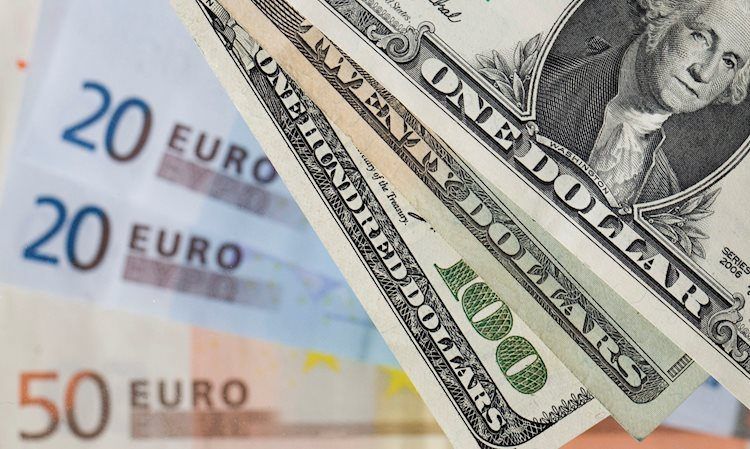EUR/USD failed to capture the 1.1200 mark on Monday as markets pare back risk flows, causing the economic calendar to remain tepid after a blustery showing last week. However, Friday is set to be dominated by EU inflation and US PCE inflation data, which will be the focus of the late-week economic docket.
The Euro to US Dollar pair, EUR/USD, saw a slip on Monday as it retreated from 1.1200 due to traders easing off the gas pedal in Dollar-negative flows that sent Fiber into its highest bids in 13-months last week. The market risk appetite remains on balance for the new trading week, but Greenback pressure caught a relief as investors anticipate key inflation figures due later in the week.
Looking forward, the Preliminary EU Harmonized Index of Consumer Prices (HICP) inflation data is set for release on Friday, with little else of significance on the economic calendar before then. Most of the trading week is anticipated to be a quiet affair, with the focus shifting to the US Q2 Gross Domestic Product (GDP) figures on Thursday and the July US core Personal Consumption Expenditure – Price Index (PCE) inflation print on Friday.
Monday’s US Durable Goods Order for July rallied 9.9% MoM, higher than the anticipated 4.0%, reversing the previous month’s contraction. However, there remains some trepidation as excluding Transportation spending, Durable Goods Orders actually contracted by -0.2% MoM, worse than forecast, indicating a mixed outlook for the markets.
EUR/USD is experiencing its best single-month performance since November 2022, with a 3.1% gain in August. Despite a technical exhaustion pullback on Monday, Fiber has been on an upward trend for four consecutive trading weeks and is currently well above the 200-day Exponential Moving Average (EMA) at 1.0832. However, there is exposure to a bearish pullback, and a lack of topside momentum could see price action tumble back to the 50-day EMA at 1.0925.
The Euro, as the currency for the 20 European Union countries in the Eurozone, is the second most heavily traded currency in the world. The European Central Bank (ECB) in Frankfurt, Germany, manages the Eurozone’s monetary policy and sets interest rates. Eurozone inflation data, measured by the Harmonized Index of Consumer Prices (HICP), plays a crucial role in determining the Euro’s strength, as high inflation may lead to higher interest rates to control it.
Economic indicators such as GDP, Manufacturing and Services PMIs, employment, and consumer sentiment surveys can influence the Euro’s direction. A strong economy is beneficial for the Euro, attracting more foreign investment and potentially leading to higher interest rates. Additionally, the Trade Balance indicator, measuring the difference between exports and imports, can impact the Euro’s value, with a positive net balance strengthening the currency.
In conclusion, the EUR/USD pair’s movement is closely tied to market sentiment and economic data releases, particularly inflation figures in the EU and US. Traders will be closely monitoring upcoming data releases to gauge the potential impact on the currency pair’s direction in the coming days.











